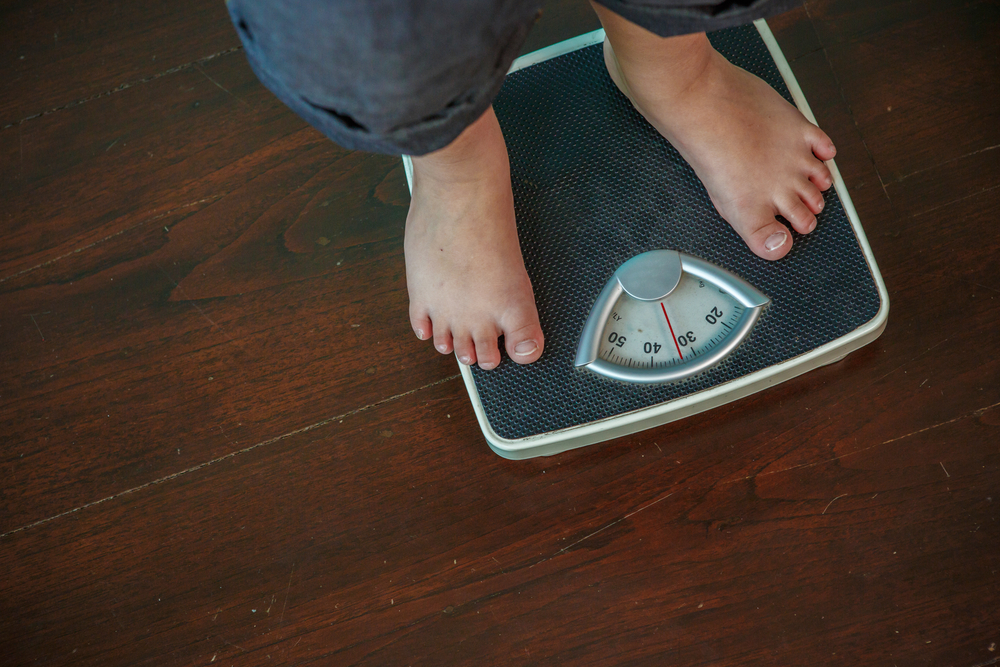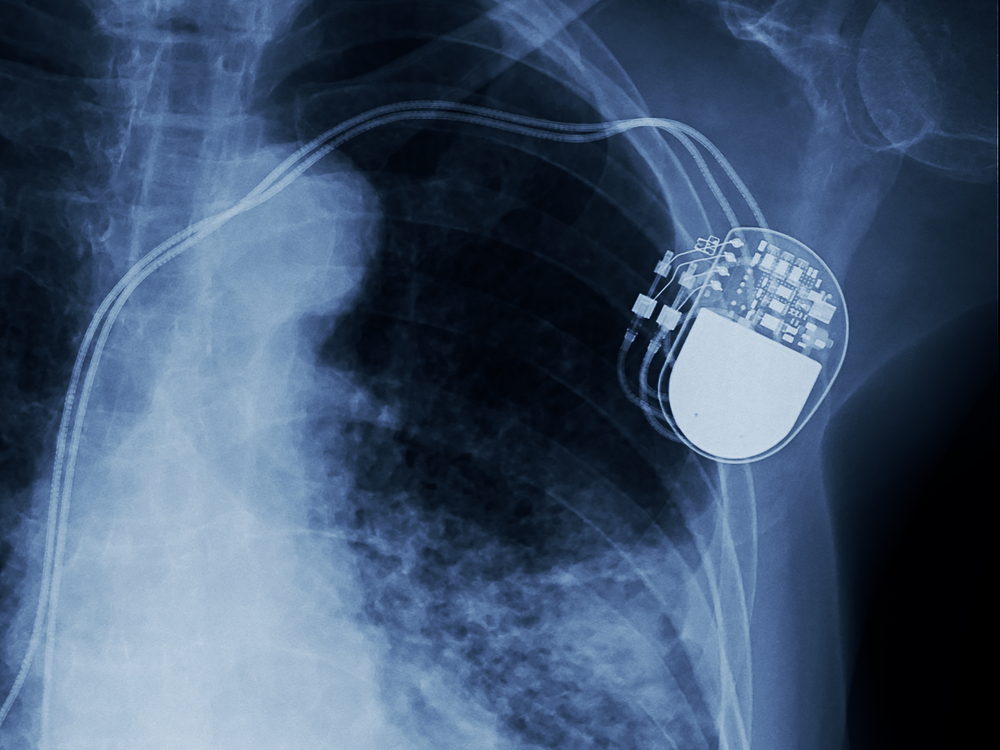Contents:
Medical Video: Aldosterone Mechanism of Action
Definition
What is aldosterone?
The aldosterone test is used to measure the level of aldosterone (a hormone made by the adrenal gland) in the blood. Aldosterone plays a role in regulating the level of sodium and potassium in the body. With aldosterone, blood pressure and fluid and electrolyte balance in the blood can be maintained.
The kidney hormone, renin, stimulates the adrenal gland to release aldosterone. A high increase in aldosterone and renin levels can occur when the body is trying to save fluid and salt (sodium). Unlike the case when there are tumors, aldosterone levels will be high while renin levels will be low.
When should I undergo aldosterone?
This test can be done if:
- fluid and electrolyte disturbances
- difficulty in controlling blood pressure
- low blood pressure after standing (orthostatic hypotension)
Prevention & warning
What should I know before undergoing aldosterone?
Basically, aldosterone levels in blood samples can change depending on your position when blood is taken. To avoid this, your doctor may take a urine test (24 hours) instead of a blood test. If you have an overactive adrenal gland or an adrenal growth disorder, potassium levels can also be tested.
Process
What should I do before undergoing aldosterone?
There is no special preparation before undergoing this test. However, if you undergo a series of aldosterone tests in the blood, the doctor will give the following instructions:
- consumption of food with normal amounts of sodium (2,300 mg per day) for 2 weeks before the test. Avoid very salty foods, such as bakon meat, canned soups and vegetables, olives, broth, soy sauce, and snacks such as potato chips or pretzels. If you are on a low-salt diet, make sure you know your doctor because a low-salt diet can increase aldosterone levels
- Avoid consuming black licorice for 2 weeks before the test
Also, make sure you tell your doctor about the medicines you are taking, whether or not according to your doctor's prescription. Several types of drugs can affect the lab findings.
What is the process of aldosterone?
The medical personnel who are in charge of taking your blood will take the following steps:
- wrap an elastic belt around your upper arm to stop the blood flow. This makes the blood vessels under the bond enlarge making it easier to inject needles into the vessels
- clean the part to be injected with alcohol
- inject a needle into a vein. More than one needle may be needed.
- attach the tube to the syringe to fill it with blood
- remove the ties from your arms when taking blood is enough
- attach gauze or cotton to the injected part, after the injection is finished
- put pressure on the part and then put on a bandage
What should I do after undergoing aldosterone?
After testing, you can return home. Usually, the test results will come out in 2 to 5 days. You will be given further instructions by the doctor. The aldosterone test is often carried out along with other tests, such as the renin test. Usually, tests are carried out to diagnose the advantages and disadvantages of aldosterone production.
Explanation of Test Results
What do the test results mean?
Aldosterone levels in blood samples can change depending on your position when blood is taken. Blood aldosterone levels will be higher if you stand or sit for 2 hours before the test.
Normal:
The normal range for the aldosterone blood test can vary depending on the laboratory you choose. The range written here is an illustration of the range of acceptable results. The doctor will examine the results of the test taking into account the patient's health conditions and various factors that can affect the test results. Discuss with your doctor if there are questions about your test results.
| Aldosterone in the blood | |||
| Children | Teenagers | Adult | |
| Standing or sitting position | 5-80 nanograms per deciliter (ng / dL) or 0.14-2.22nmol / L | 4–48 ng / dL or 0.11–1.33 nmol / L | 7-30 ng / dL or 0.19–0.83 nmol / L |
| Lying position | 3–35 ng / dL or 0.08–0.97 nmol / L | 2–22 ng / dL or 0.06–0.61 nmol / L | 3-16 ng / dL or 0.08-0.44 nmol / L |
Overgrowth of normal cells in the adrenal gland (called adrenal hyperplasia) or adrenal gland tumors affect the adrenal gland and cause a condition called primary aldosteronism. Certain diseases such as heart failure, cirrhosis, or kidney disease can also cause high aldosterone levels. But this condition is a normal response from the adrenal gland. This disease causes secondary aldosteronism.
| Aldosterone and Renin Levels | ||
| Aldosterone | Renin | |
| Primary Hyperaldosteronism (Conn’s syndrome) | High | Low |
| Secondary hyperaldosteronism | High | High |
Abnormal
Index rises
Increased aldosterone levels are caused by:
- tumor in the adrenal gland (Conn’s syndrome)
- Kidney illness
- liver disease
- heart failure
- dehydration
- preeclampsia (high blood pressure during pregnancy)
Symptoms of high aldosterone levels include high blood pressure, muscle cramps and weakness, numbness or tingling in the hands, and low levels of potassium in the blood.
Index falls
Addison's disease and some types of kidney disease can cause aldosterone levels to be low.
Hello Health Group does not provide medical advice, diagnosis or treatment.











